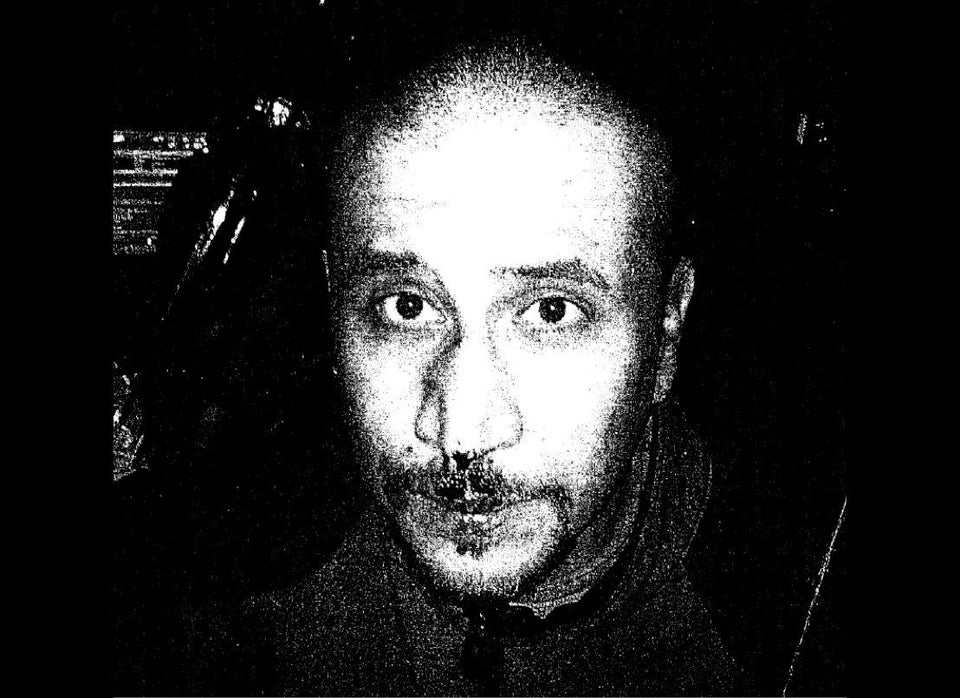
A new trove of evidence released by the Florida state attorney prosecuting George Zimmerman for second-degree murder in the killing of Trayvon Martin reveals the extent to which law enforcement doubted Zimmerman's early claims of self-defense.
"His actions are inconsistent with those of a person who has stated he was in fear of another subject," an investigator wrote in an early report on the Feb. 26 shooting. "Investigative findings show that George Michael Zimmerman had at least two opportunities to speak with Trayvon Benjamin Martin in order to defuse the circumstances," and Zimmerman twice "failed to identify himself as a concerned resident or a neighborhood watch member."
The report also said that Martin's and Zimmerman's respective physical dimensions did not place Zimmerman at a disadvantage worthy of lethal force.
"Investigative findings show the physical injuries displayed by [Zimmerman] are marginally consistent with a life-threatening violent episode described by him, during which neither a deadly weapon nor deadly force was deployed by Trayvon Martin," the report said.
The evidence released this afternoon includes a one-hour video recording of an interview between lead investigator Christopher Serino and Zimmerman at the Sanford, Fla., police headquarters, a pair of audio recordings between Serino and Zimmerman, and 29 pages of police reports and notes, including a handwritten narrative by Zimmerman recounting the events on the night of Feb. 26.
Hours after the release of the new evidence, Serino, who had expressed doubts over Zimmerman's story and suggested that charges be filed, was reassigned to the patrol division, according to the Associated Press. The reassignment came at his own request, AP reports.
This latest Zimmerman disclosures are the latest in a series of releases of formerly sealed evidence, made public under pressure from media companies, who have argued that full disclosure of the evidence is in the public's interest. The prosecution and the defense both objected.
Judge Kenneth Lester had earlier made clear his reluctance, writing that full disclosure of information in the racially charged case could "irreparably harm" the prospects of a fair trial for both sides.
"Despite this Court's feelings about the reality of the situation, the Court may not rely solely on common sense," Lester added. "Florida statutes cannot be ignored."
Florida has some of the country's strongest open-records laws, which give the public an unusually detailed look into court cases.
Recently released evidence, much of it offered by Zimmerman's legal team, has included previously unseen crime scene photographs; recorded jailhouse phone conversations between Zimmerman and his wife, Shellie; and a video of a crime scene re-enactment, in which Zimmerman tells police that in the moments before he shot Martin, the teen put his hands over Zimmerman's mouth and said, "You're going to die tonight."
On Monday, Zimmerman's lawyer, Mark O'Mara, filed court papers requesting a new bond for Zimmerman, whose original bond had been revoked in light of allegations that he and his wife lied under oath regarding the couple's financial situation.
In his narrative handwritten the night of the shooting and released Tuesday, Zimmerman, who listed himself as 5 feet 8 inches tall and 194 pounds, recounted an August 2011 incident in which he said a neighbor's home was broken into while she was there with her infant son.
"The intruders attempted to attack her and her child," Zimmerman wrote. Shortly thereafter, he and other neighbors formed a neighborhood watch program, he noted.
Zimmerman then began the story of what happened the night he killed Martin. He was on the way to the grocery store when he saw a male "casually walking in the rain looking into homes."
He said that he pulled his car over, called 911 and told the operator what he'd witnessed. At that point, he said, the male fled to a dark area, and then, he said, "as the dispatcher was asking me for an exact location the suspect emerged from the darkness & circled by vehicle."
The "suspect," Zimmerman wrote, next disappeared between some houses.
Zimmerman gave the dispatcher his location, and as he stepped out of his vehicle to take note of the exact address, he wrote, Martin emerged again from the darkness and asked, "You got a problem?" Zimmerman reported that he said no and that "the suspect" said, "You do now."
According to Zimmerman, when he reached for his cellphone to call 911 again, Martin punched him in the face. He said that he fell backward to the ground and that Martin hopped on top of him and began to slam his head into the sidewalk. Zimmerman wrote that he yelled for help. Then, he wrote, Martin reached for the 9 mm handgun that Zimmerman had tucked in his waistband and said, "Your [sic] gonna die tonight Mother Fucker."
Moments later, Zimmerman said, he pulled the gun and fired a single shot into Martin's torso.
Martin said, "You got me," according to Zimmerman. Then he straddled Martin, he said, pressing the backs of the boy's hands to the ground.
Soon thereafter, according to the police, officers arrived and found Martin dead, face down in the grass.
Investigators noticed some inconsistencies in Zimmerman's story and indicated in the released reports that there was enough evidence to charge Zimmerman with "homicide-negligent manslaughter" in the shooting.
In one report, laying out the probable cause to charge Zimmerman, an officer described him as muttering "fucking punks" under his breath when told by a 911 dispatcher not to follow Martin. Since the previous August, Zimmerman had called 911 on four other occasions to report suspicious persons, all of them "young Black males," according to the report.
The investigator noted that Zimmerman said he was afraid of Martin, but still followed him. "His actions are inconsistent," wrote the investigator.
Despite law enforcement's initial findings, Sanford Police Chief Bill Lee and State Attorney Norman Wolfinger decided not to arrest and charge Zimmerman with a crime. Lee has since said that there wasn't enough evidence and that Zimmerman had a right to defend himself. Zimmerman was released early the next morning.
The following evening, he was called back to the Sanford police station, where he sat in a sparse interview room looking rather relaxed, at times joking with investigators. The one-hour video released Tuesday captured his interactions with police.
"Have you ever had to shoot anybody?" he asked an officer who was assigned to watch him until Serino arrived.
"No," she said.
"Good for you," Zimmerman responded. "You're probably stern enough for them to get the point," he added, laughing. "You've got that authoritative commanding presence."
The officer asked Zimmerman whether he had gone to school or to work the day after the shooting. He said that he hadn't gone to school, but that he had gone to his workplace to tell a supervisor what had happened before the "rumor mill" got churning.
The local media had by then sent him several email messages asking about the shooting, Zimmerman said.
He said that he had visited his doctor and his psychologist.
"That's when it hit me the hardest," Zimmerman said. "But what are you going to do?"
